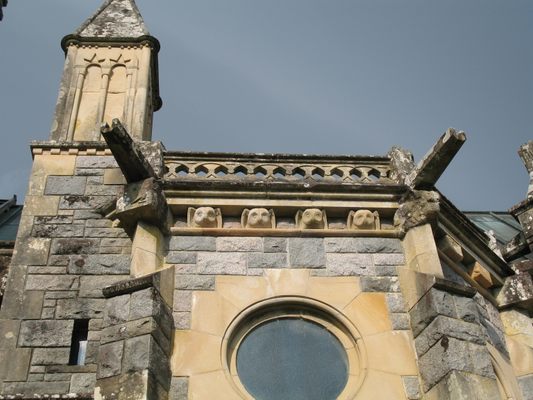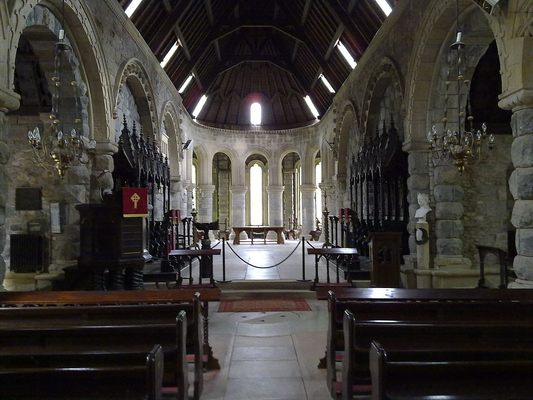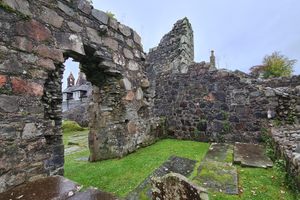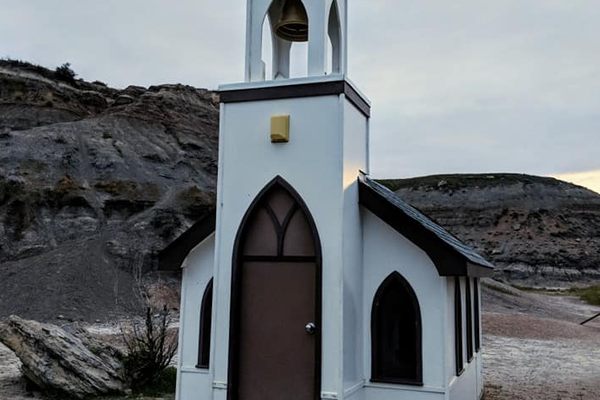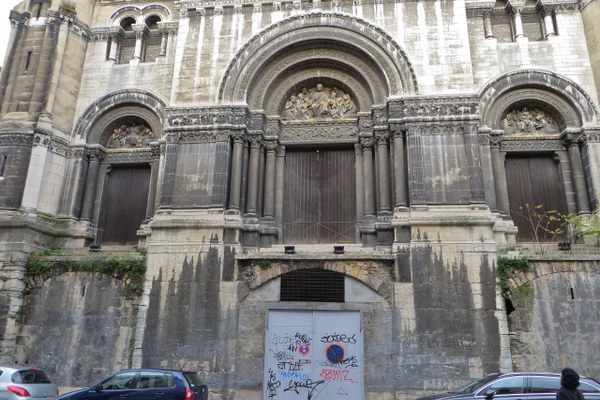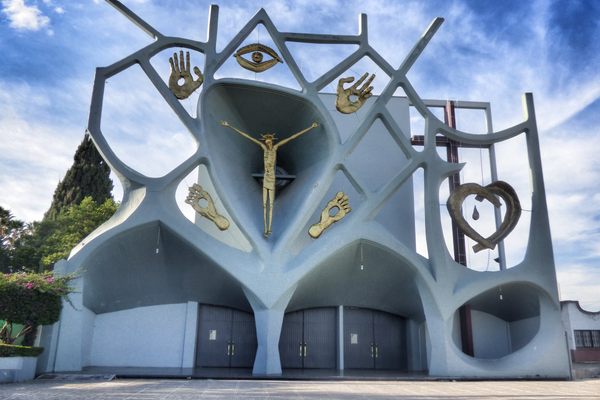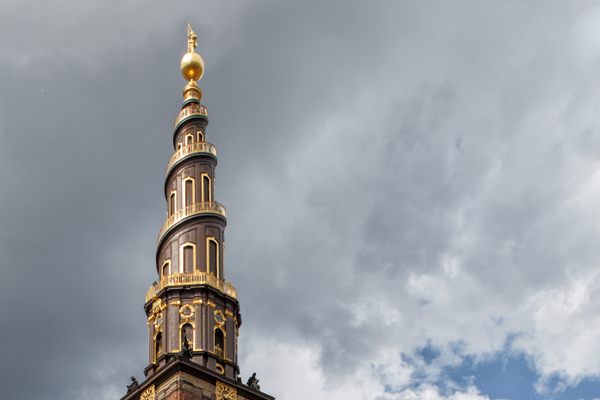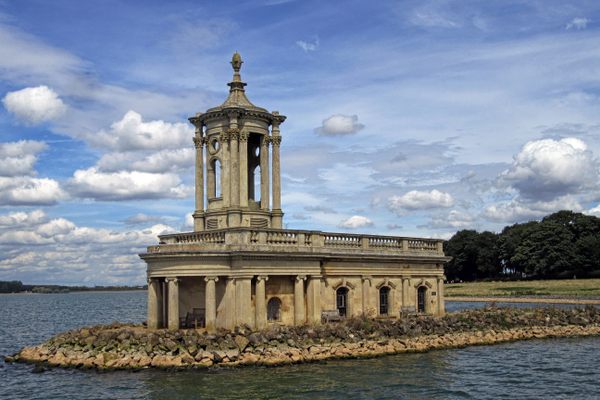About
This church overlooks Loch Awe, Scotland’s longest freshwater loch. The building is just as beautiful as the scenery that stretches before it.
According to local lore, Walter Douglas-Campbell started planning a church in 1886 for his mother, who had a difficult time handling the long drive to the nearest church. The sanctuary Douglas-Campbell began building in 1907, which was completed after his death, is a peaceful oasis with a serene, spiritual atmosphere.
Douglas-Campbell, an amateur architect and skilled woodcarver, designed the kirk himself. The final result is a hodgepodge of architectural styles, as he pursued beauty over uniformity. You’ll spot hints of styles ranging from ancient Roman to Norman, whilst standing stones near the gate add a Celtic flair, making it easy to believe the claim he tried to incorporate examples of every type of ecclesiastical architecture found in Scotland.
The unique church has no level foundations, and features some unconventional architectural details. A row of carved owls perches over one wall, pelicans adorn the wooden organ screen, and a gargoyle shaped like a hound appears to chase two hare-shaped waterspouts.
Parts of the church have been bought in from other much older buildings, including fragments of Iona Abbey built into the walls, and the window in the "Bruce Chapel," taken from a Leith church built in 1483. Bruce chapel also contains a wood and alabaster carving of Robert the Bruce, complete with an ossuary below containing one of his bones, taken from his skeleton at Dunfermline Abbey. Oak beams within the cloister came from two wrecked battleships, the HMS Caledonia and HMS Duke of Wellington, which were broken up around the time the church was started.
Related Tags
Know Before You Go
Entrance is by donation, which goes toward the upkeep and restoration of the kirk.
Flavors of Scotland: Beyond the Haggis
Smoked seafood, single malt whisky, and warm hospitality.
Book NowCommunity Contributors
Added By
Published
April 16, 2019



